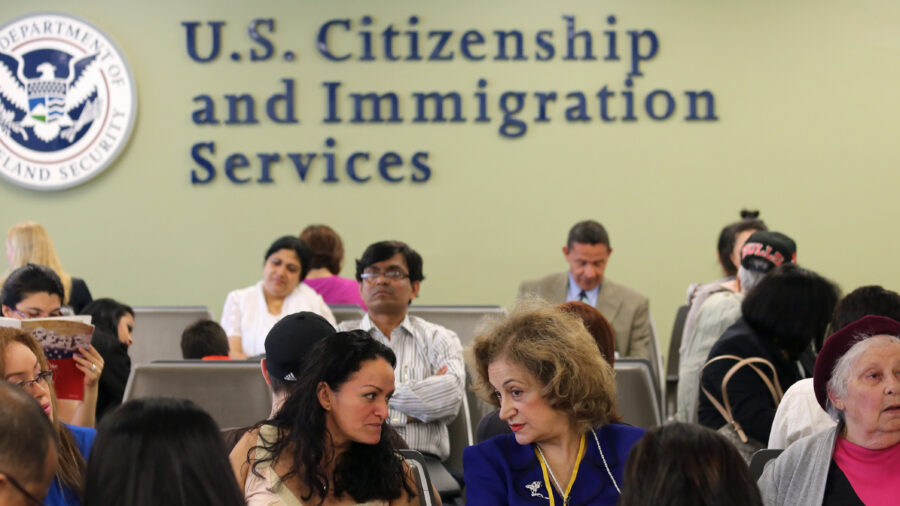The Biden administration announced on Jan. 30 that it started issuing redesigned Permanent Resident Cards—which are commonly called green cards—and Employment Authorization Documents (EADs) that include several enhanced graphics and improved security features.
In a press release, the U.S. Citizenship and Immigration Services (USCIS) noted that although the agency began issuing the redesigned cards on Monday, the introduction of the new design will not make older cards invalid.
“Existing cards remain valid until their expiration date, and lawful permanent residents and EAD recipients do not need to take any action,” it stated.
We have redesigned the Green Card and the Employment Authorization Document to maintain top security standards for the cards. (1/2) pic.twitter.com/2b2bqdnIB8
— USCIS (@USCIS) January 30, 2023
A series of new features have been added to the redesigned cards that include state-of-the-art technology with the aim of safeguarding national security and improving customer service.
The added features include improved artwork; tactile printing that is better integrated with the artwork; enhanced optically variable ink; highly secure holographic pictures on the front and back of the cards; a layer-reveal feature with a partial window on the back photo box; and data fields displayed in different places than on existing versions, the USCIS unveiled.
“This redesign further demonstrates USCIS’ commitment to taking a proactive approach against the threat of secure document tampering, counterfeiting, and fraud,” said USCIS director Ur M. Jaddou.
“Consistent updates to secure documents, informed by our knowledge of the latest methods of bad actors and the innovation and ingenuity of our staff, ensure the continued integrity of secure documents issued by our agency,” he continued.
The USCIS also noted that it will continue to use its existing stock until current supplies are depleted, meaning some cards issued after Jan. 30 may still be of the old model.
Owners of green cards that lack an expiration date, meanwhile, are encouraged to apply with these older cards for a replacement “to prevent fraud or tampering should the card ever get lost or stolen.”
To mitigate the risk of fraud and counterfeiting, USCIS redesign the cards every three to five years, according to the agency. The current design was introduced in May 2017.
The USCIS is an agency under the Department of Homeland Security (DHS) that administers the country’s naturalization and immigration system.

